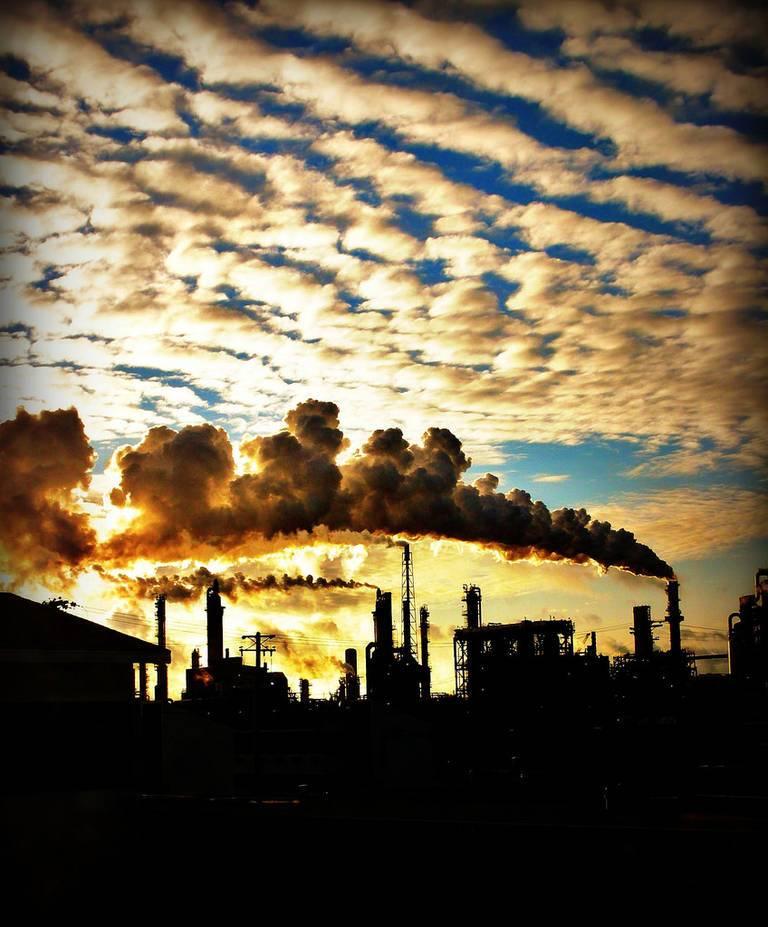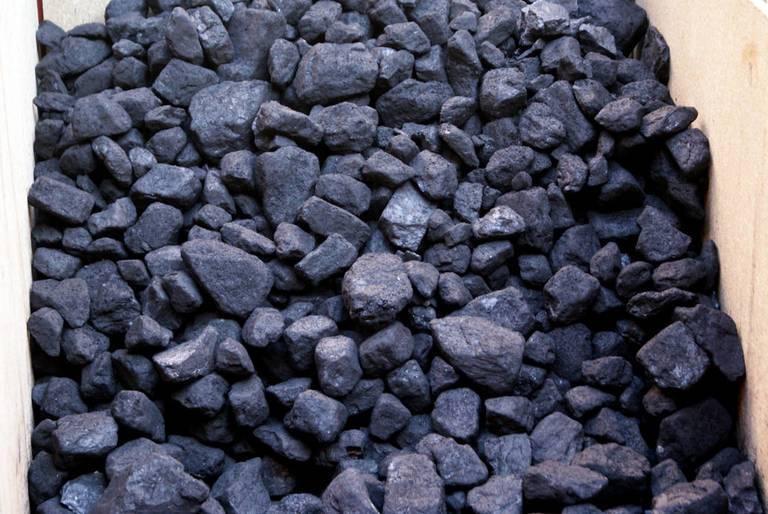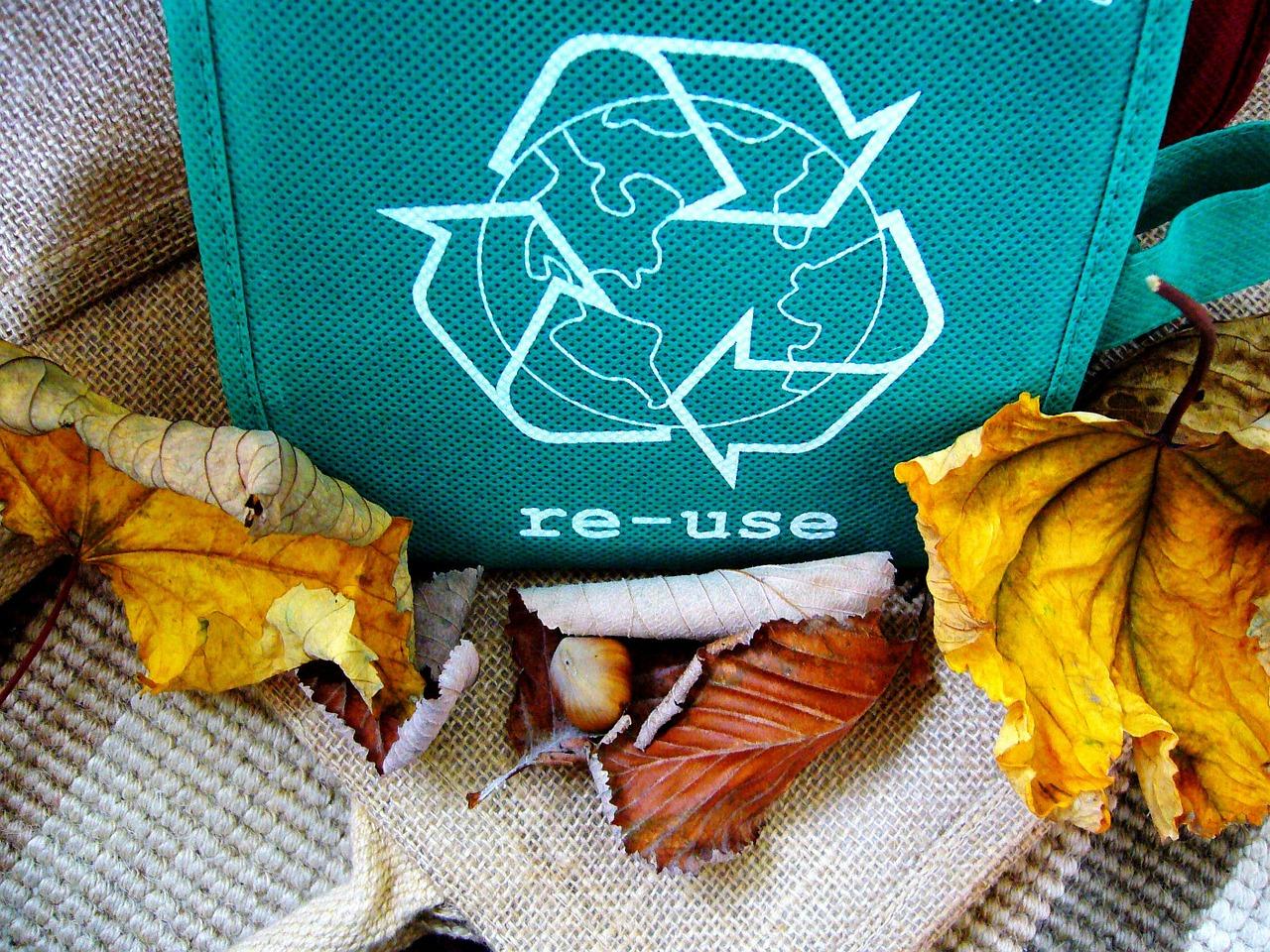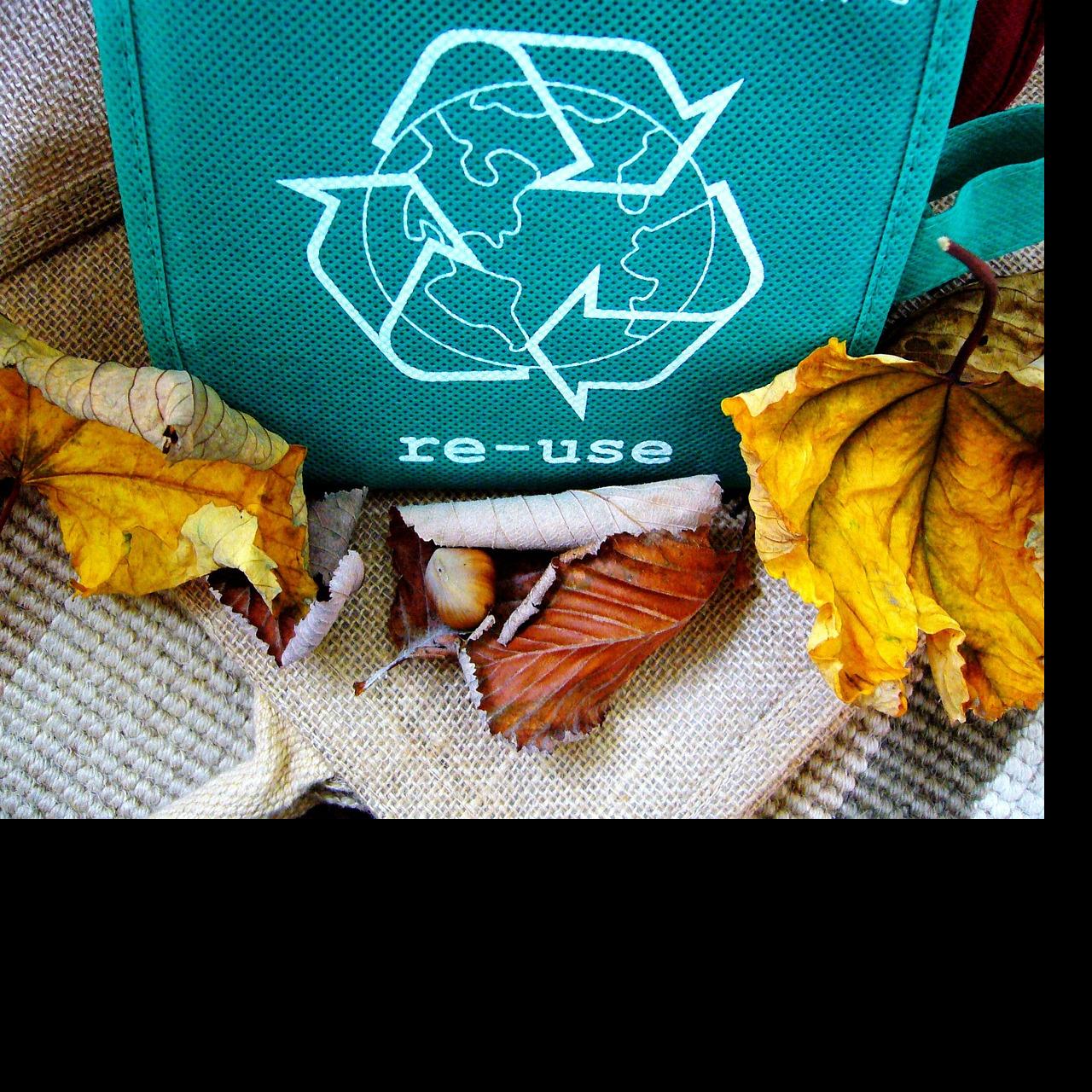Combined Heat and Power: Pros and Cons
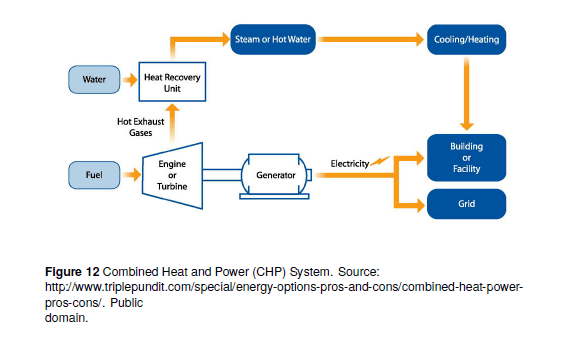

Combined heat & power (CHP) or cogeneration, is really not an energy source itself, but rather more of an energy multiplier, squeezing more usable energy out of each unit of fuel most everywhere it is applied.
According to the EPA, CHP is not a single technology, but rather, an integrated energy system that provides electricity and heat, usually in the form of hot water or steam. Heat is an inevitable byproduct of any power produced by gas or steam turbines, which would include all gas, coal, oil or nuclear power plants in use today. In these turbines, pressurized hot gas or steam is expanded across a turbine, which spins the blades that ultimately drive the generator. The hot gas needs to be cooled immediately after leaving the turbine for the system to work. This was traditionally done with a condenser or cooling tower, but using the heat to keep a building comfortable or drive a production process, with steam or hot water, will also do the job with little loss in efficiency. However, in order for the heating application to replace conventional cooling systems, the demand for heat must be continuous. Typical CHP system will reclaim upwards of 80 percent of the heat that would otherwise be wasted.
A conventional fossil fuel plant achieves a thermal efficiency of approximately 33 percent.
When integrated into a CHP system, the same power plant can achieve efficiencies between 60 and 80 percent. It is estimated that CHP systems can reduce carbon emissions by up to 30 percent.
Without CHP, fuel is used to provide electricity and then additional fuel is used for heat, which in many cases is a missed opportunity.
Cogeneration systems are generally installed on-site for large facilities, such as factories, institutions, commercial buildings, multi-unit residential buildings and district energy systems. It is particularly attractive for facilities with a high heating demand. These facilities then have their own source of electricity as well as a source of heated water or steam. The CHP needs to be located close to where the heat will be used so it won’t cool down. It is therefore an inherently distributed energy source. CHP is seen to be cost-effective in areas where the cost of electricity is seven cents per kWh or higher.
CHP is generally based on fossil fuel technology, though some companies are now marketing solar cogeneration products: Naked Energy in the UK, and Cogenra in the US.
The number of building with CHP potential in this country has been estimated at well over a million, with energy usage close to 80,000MW. Cutting that by 30 percent would be equivalent to shutting down twelve 1000MW coal plants.
The systems can be installed by any of a number of contractors, many of whom are members of the EPA’s CHP Partnership.
Pros
- Increased efficiency. CHP systems act as energy multiplier which:
- saves energy
- saves money
- reduces carbon emissions by up to 30 percent
- Increased reliability. System is independent of the grid and therefore immune to grid-level blackouts.
- The technology is available and in use today.
- Not an actual energy source, only a means of extending energy
- Could end up preempting more sustainable options
- Only suitable where there is a need for both electricity and hot water on site
- Heating and electricity demand must remain fairly consistent
- Capital intensive
- Not long term sustainable when based on fossil fuel technology
- Heating demand must be continuous
- Efficiency claims are sometimes overstated since heat energy and electricity are not equivalent
When used with a fossil fuel input source, CHP cannot be considered an ultimately sustainable solution for the long term. However, it can help slow the rate of carbon emissions with substantial energy savings in situations where more sustainable options are not available or affordable. On the other hand, when used with renewable energy sources, such as the recently announced solar cogeneration, or certain biomass applications, CHP can act to enhance the efficiency of sustainable energy systems.
***
What about other energy sources?
- Pros and Cons of Wind Power
- Pros and Cons of Fusion Power
- Pros and Cons of Tar sands oil
- Pros and Cons of Solar Heating and Cooling
- Pros and Cons of Concentrating Solar Power
- Pros and Cons of Solar photovoltaics
- Pros and Cons of Natural Gas
- Pros and Cons of Fuel Cell Energy
- Pros and Cons of Biomass Energy
- Pros and Cons of Combined Heat and Power
- Pros and Cons of Clean Coal
- Pros and Cons of Algae Based Biofuel
- Pros and Cons of Liquid Flouride Thorium Power
- Pros and Cons of Tidal Power
- Pros and Cons of Nuclear Energy
Image credit: Courtesy of US EPA (with permission)]
RP Siegel, PE, is the President of Rain Mountain LLC. He is also the co-author of the eco-thriller Vapor Trails, the first in a series covering the human side of various sustainability issues including energy, food, and water in an exciting and entertaining format. Now available on Kindle.
Follow RP Siegel on Twitter.


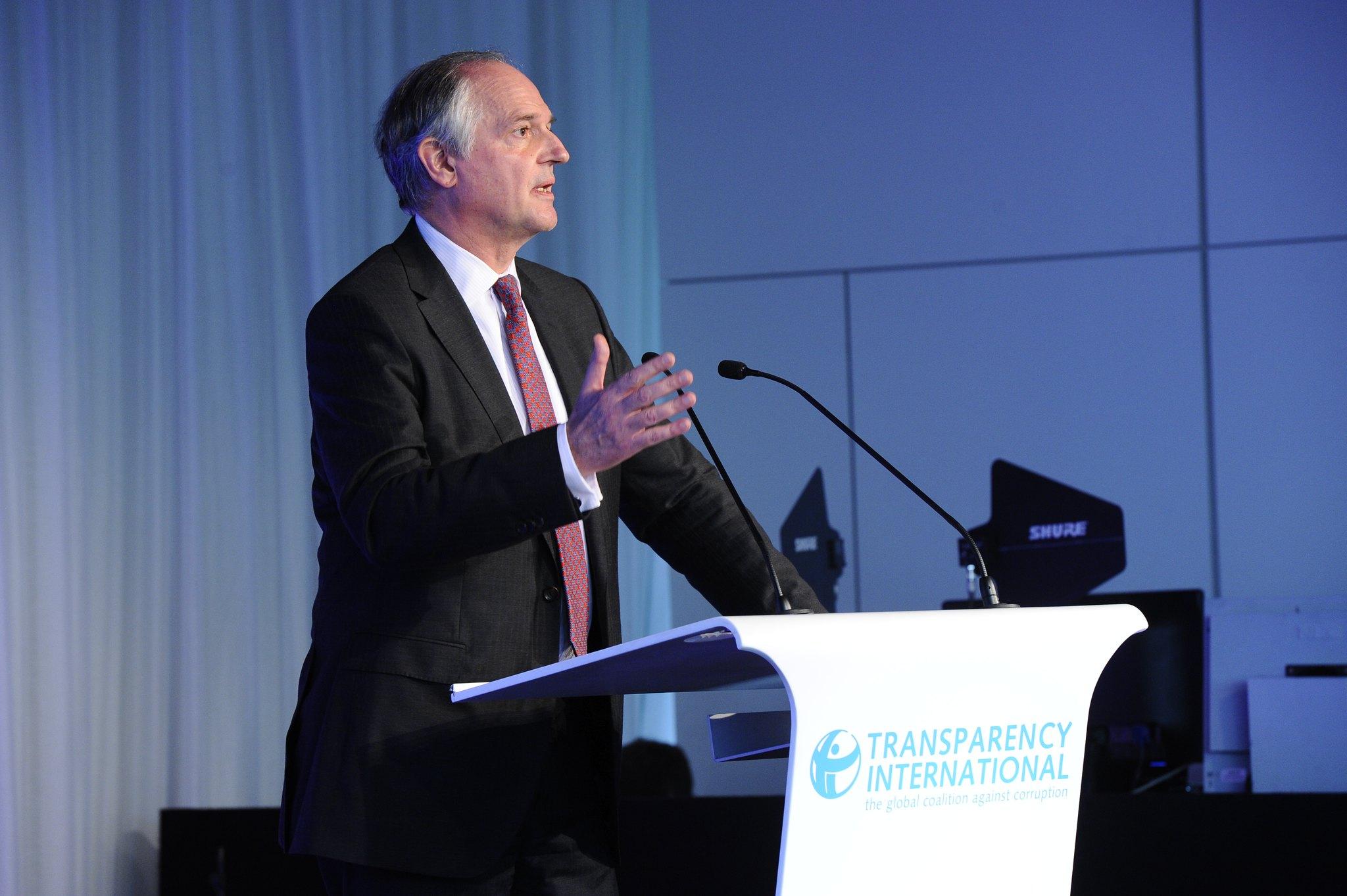
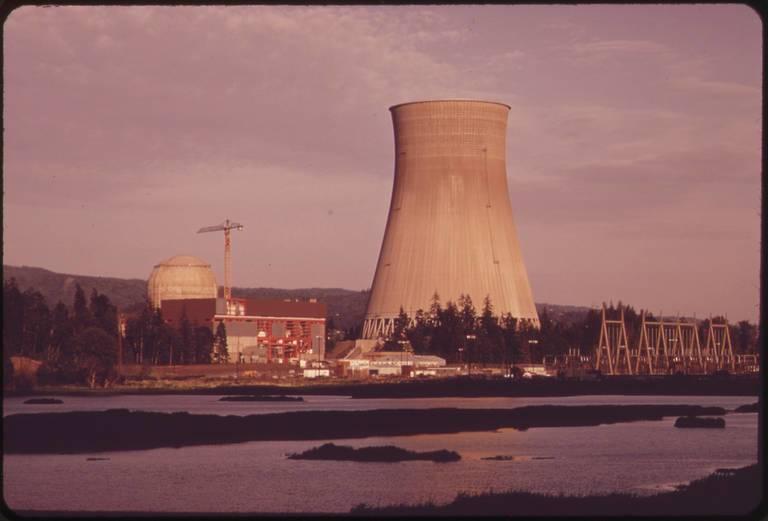

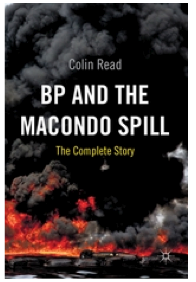

 Personally I don't buy this argument.
Personally I don't buy this argument. Part One of the book describes the natural and economic history of oil and the ways oil has been extracted over the years.
Part One of the book describes the natural and economic history of oil and the ways oil has been extracted over the years.